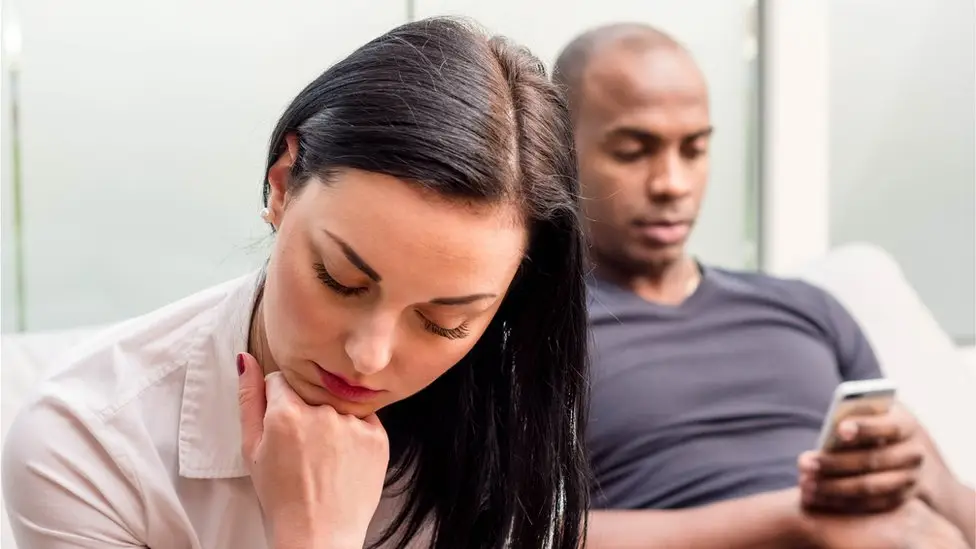This blog is all about understanding homoromantic asexuality, a topic that many people don’t know much about. We’re going to learn about people who are homoromantic asexuals. With first-hand accounts, debunking common misconceptions, and a look into navigating romantic relationships as a homoromantic asexual, we aim to raise awareness and understanding. We’ll also tackle coming out experiences, and provide useful resources for support. So, let’s get started!
Contents
Introduction to Homoromantic Asexuality
 Homoromantic asexuality may be a new term for some, so let’s start by breaking it down. When we talk about ‘homoromantic’, we are referring to individuals who are romantically attracted to people of the same sex. The term ‘asexual’, on the other hand, refers to those who do not experience sexual attraction.
Homoromantic asexuality may be a new term for some, so let’s start by breaking it down. When we talk about ‘homoromantic’, we are referring to individuals who are romantically attracted to people of the same sex. The term ‘asexual’, on the other hand, refers to those who do not experience sexual attraction.
Put together, ‘homoromantic asexual’ describes people who are romantically drawn towards the same sex but do not have sexual desires. It’s important to remember that while these individuals may not experience sexual attraction, they often form deep, meaningful romantic connections.
This orientation challenges the commonly-held belief that romantic and sexual attractions always go hand in hand. It encourages us to think of love and attraction as more nuanced, multi-faceted experiences.
Challenges Faced by Homoromantic Asexuals
Navigating life as a homoromantic asexual can present a unique set of challenges. These range from societal misconceptions to personal struggles, and often, the journey towards self-acceptance.
- Misunderstanding and Stereotyping: Many people aren’t familiar with the concept of asexuality, let alone homoromantic asexuality. This lack of awareness can lead to misconceptions, such as the belief that asexuality is a medical issue, a result of past trauma, or simply a phase.
- Romantic Relationships: Managing romantic relationships can be complicated. The balance of having a romantic attraction to someone of the same sex but not a sexual attraction can be hard for partners to understand and accept.
- Coming Out: Revealing their orientation to friends, family, and society can be a stressful process. They might face invalidation, confusion, or even rejection from people who don’t understand their orientation.
- Lack of Representation: There’s limited representation of homoromantic asexuals in media and pop culture. This lack of visibility can contribute to feelings of isolation or the impression that they’re alone in their experiences.
- Identity Acceptance: Coming to terms with their homoromantic asexuality can be a journey in itself. It can take time to fully understand and accept this aspect of their identity.
Despite these challenges, many homoromantic asexuals find support, community, and understanding along the way, helping them to embrace their identities and lead fulfilling lives.
Common Misconceptions About Homoromantic Asexuals

Despite increasing awareness about diverse sexual orientations, several misconceptions about homoromantic asexuality persist. Let’s address and debunk some of these:
- Asexuality as a Medical Condition: One of the most common misconceptions is that asexuality is a medical disorder or a result of hormonal imbalance. This is untrue. Asexuality is a valid sexual orientation, not a medical condition.
- Asexuality due to Past Trauma: Some people wrongly believe that asexuality is a result of past trauma or a bad experience. While personal experiences can shape one’s identity, asexuality isn’t caused by negative past experiences.
- Asexuality as Celibacy: Asexuality is often confused with celibacy. However, celibacy is a personal choice to abstain from sexual activity, while asexuality is an inherent lack of sexual attraction.
- Homoromantic Asexuals Cannot Love: Many think that because homoromantic asexuals do not experience sexual attraction, they can’t form loving relationships. This is a misconception. Homoromantic asexual individuals can and do form deep romantic relationships.
- Asexuality is Just a Phase: Another common misconception is that asexuality is a phase or that asexual individuals just haven’t found the right person yet. However, asexuality is a stable aspect of one’s identity, not a temporary state.
By challenging these misconceptions, we can create a more accepting and understanding environment for homoromantic asexual individuals.
Exploring Romantic Relationships as a Homoromantic Asexual
For homoromantic asexual individuals, navigating romantic relationships can be an unique journey. Their relationships often involve deep emotional connection and romantic feelings, even though there might be little to no sexual attraction.
- Romantic Attraction: Homoromantic asexual individuals experience strong romantic attraction towards people of the same sex. This can include a desire for emotional intimacy, companionship, and shared experiences.
- Absence of Sexual Attraction: While these individuals experience romantic feelings, they don’t experience sexual attraction. This doesn’t mean they’re incapable of sex or that they always avoid it, but rather, sex is not a driving force in their romantic relationships.
- Communication: Open and honest communication is vital in these relationships. Discussing feelings and expectations around sex and intimacy can prevent misunderstandings and foster a more supportive relationship dynamic.
- Mutual Understanding: It’s important that both partners understand and respect each other’s orientations and boundaries. This mutual understanding can help create a strong bond, where both individuals feel comfortable and valued.
- Romantic Activities: Romance for homoromantic asexuals can involve activities that create emotional intimacy like sharing a meal, cuddling, holding hands, or simply spending quality time together.
Remember, every individual and relationship is unique, so what works for one homoromantic asexual person might not work for another. However, mutual understanding, respect, and clear communication are always key to building a strong, fulfilling relationship.
Resources to Support Homoromantic Asexuals
 Support and understanding are essential for anyone exploring their sexuality, including homoromantic asexuals. Here are some resources that can provide valuable insights, guidance, and community:
Support and understanding are essential for anyone exploring their sexuality, including homoromantic asexuals. Here are some resources that can provide valuable insights, guidance, and community:
- Asexual Visibility and Education Network (AVEN): AVEN is the largest online asexual community offering various resources, including FAQs, personal stories, and a forum for discussion.
- The Trevor Project: Offering a plethora of resources for LGBTQ+ youth, The Trevor Project has a 24/7 crisis intervention and suicide prevention hotline, in addition to resources for friends and families to better understand and support their loved ones.
- LGBTQ+ Counselling and Support Services: Local LGBTQ+ organizations often provide counseling services and support groups. Reach out to a local center for resources tailored to your area.
- Online Communities: Social media platforms have numerous groups and communities for asexual individuals. Here, you can connect with others who are having similar experiences and share stories and advice.
- Books: Several books offer insight into asexuality, such as “The Invisible Orientation: An Introduction to Asexuality” by Julie Sondra Decker, which provides an in-depth look into various aspects of asexuality.
- Podcasts and Blogs: Podcasts like “A-OK” discuss asexuality and include personal stories from asexual individuals. Blogs, such as “The Asexual Agenda”, offer various perspectives and experiences.
Remember, it’s okay to seek help and reach out to these resources. You’re not alone, and there are communities ready to support and stand with you.
Conclusion
Embarking on a journey to understand homoromantic asexuality, we’ve delved into personal narratives, challenges faced, misconceptions, and how romantic relationships are navigated by individuals who identify this way. Every step we take towards understanding and accepting diverse identities helps create a more inclusive and empathetic world.
While life may sometimes present unique challenges for those who identify as homoromantic asexuals, Online Asexual Counseling can help. Professional counseling services are there to support you, answer your questions, and provide guidance as you navigate your own journey.
To this end, we at PrideMantra are here for you. Our experienced LGBTQ therapists understand your challenges and can provide you with the support you need. Don’t hesitate to reach out and book a trial LGBTQ therapy session.


